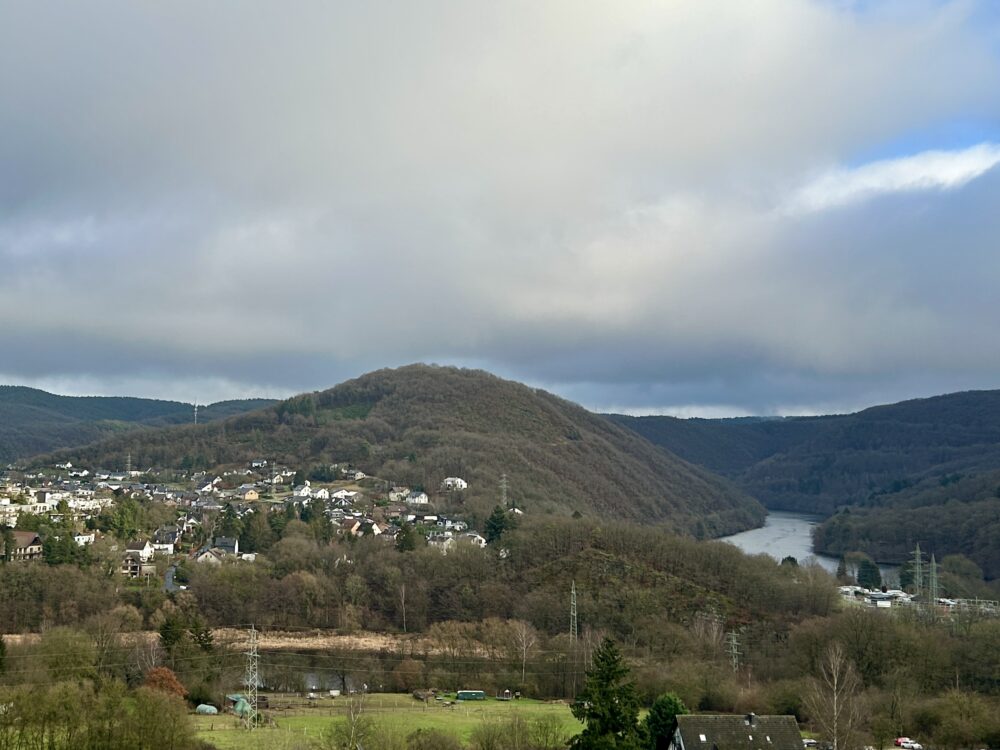As the sun dips below the horizon in Helmsange, Luxembourg, the sky is set ablaze with hues of deep red and orange. This breathtaking spectacle, often captured in photographs, is a dance of light and atmosphere.
The old saying that a red sky at sunset foretells wind may hold a grain of truth, but the meteorological explanation is rooted in the science of light scattering.
The phenomenon of a red sunset is primarily due to Rayleigh scattering. As the sun sets, its rays pass through a thicker layer of the atmosphere, traveling a longer distance. Shorter wavelengths of light, such as blue, are scattered in all directions by the molecules and small particles in the atmosphere. This scattering removes the blue light from the direct path to our eyes, leaving the longer red wavelengths to dominate the sky’s palette.
Additionally, the presence of particles like dust or pollutants can enhance the redness of the sunset. These particles scatter the shorter wavelengths and allow the red and orange hues to become even more pronounced.
While a red sky at sunset can sometimes indicate high pressure and good weather to come, it is not a reliable predictor of wind strength or the weather for the following days.
#RedSunset #HelmsangeLuxembourg #SkyFire #RayleighScattering #NaturePhotography #SunsetLovers #EveningSky #Meteorology #AtmosphericBeauty #LuxembourgViews













